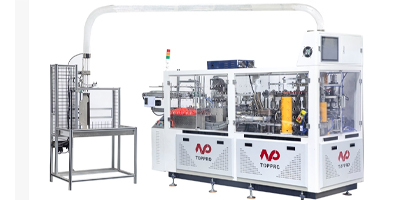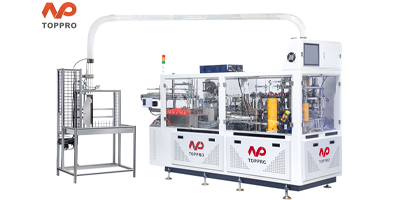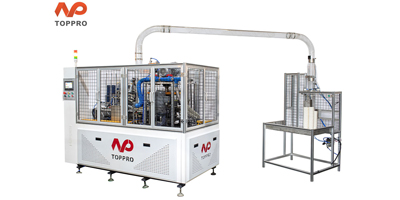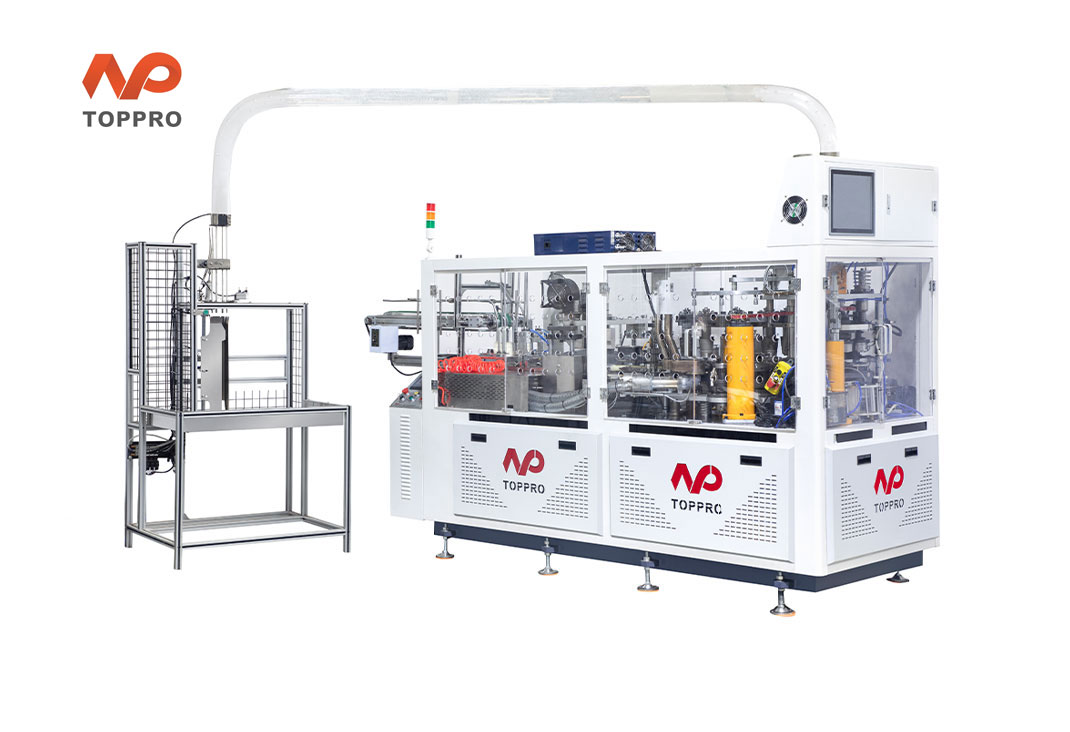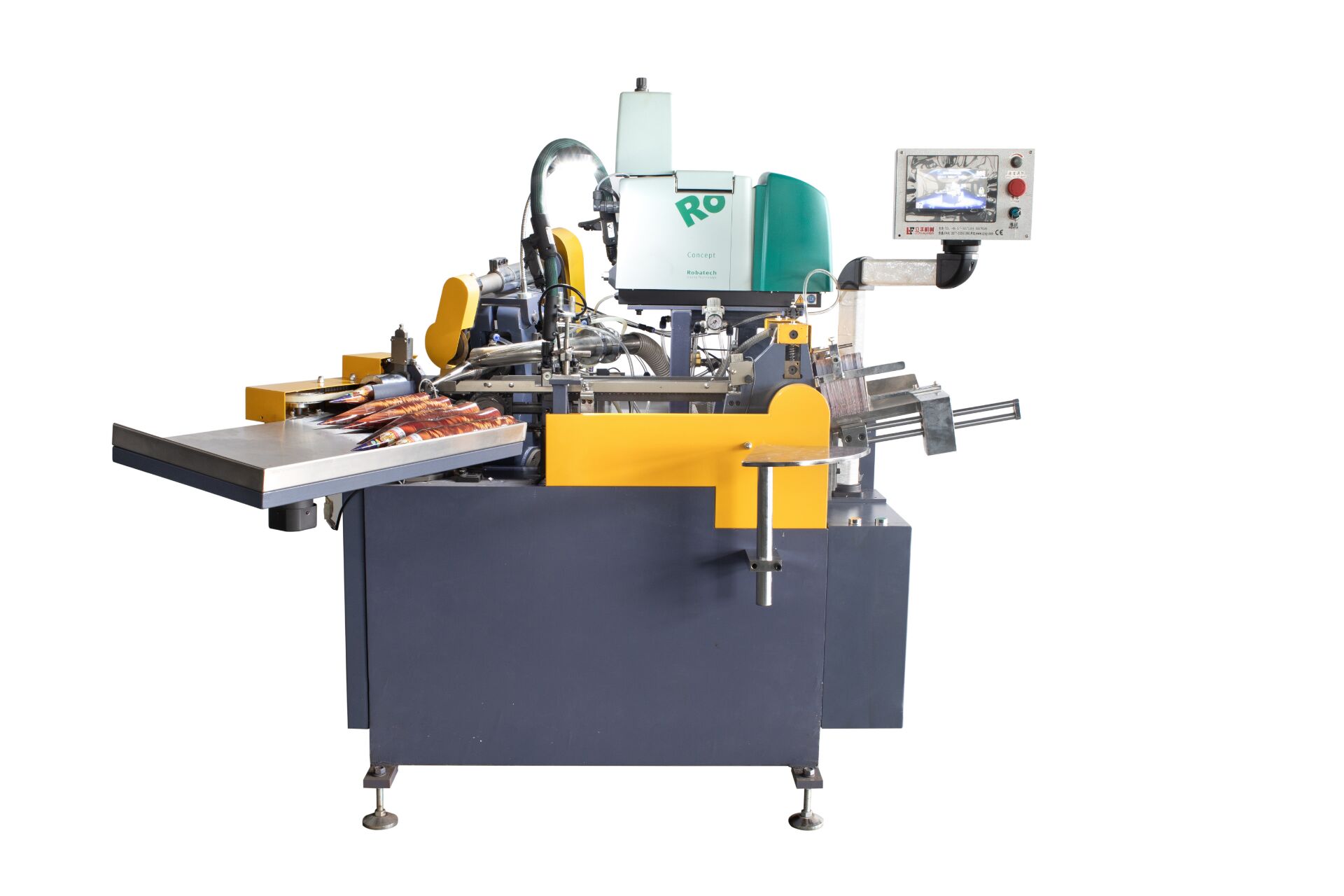That half-finished coffee or soup in a paper cup seems perfect for a quick microwave zap, but stop right there. The answer to "Can you microwave paper cups?" isn't a simple yes or no. It critically depends on the cup's specific construction. Microwaving the wrong type isn't just messy; it's potentially dangerous. Let's break it down.
Microwave-Safe Paper Cups:
These cups are specially engineered to withstand microwave radiation without melting, catching fire, or leaching harmful chemicals. Here's what makes them different:
1. Specialized Lining: Instead of standard wax or non-heat-resistant plastic, they use a thin, food-grade polyethylene (PE) or polypropylene (PP) coating. These plastics are designed to tolerate microwave heat without melting significantly or releasing toxins at typical reheating temperatures.
2. Material Integrity: The paperboard itself is often selected and treated for higher heat resistance.
3. No Metal Elements: Absolutely no metal rims, foil accents, or conductive inks.
4. Manufacturing Precision: Producing these requires careful control during the paper cup machine process. The coating application must be precise and consistent, ensuring an even, microwave-tolerant barrier throughout the cup. Machines need specific settings for these specialized materials.
Non-Microwave-Safe Paper Cups:
This is the vast majority of disposable paper cups you encounter:
1. Wax Coating: Traditional hot drink cups often have a paraffin wax lining to prevent leakage. Wax melts quickly in the microwave, causing the cup to lose structural integrity and leak hot liquid everywhere. Worse, overheated wax can potentially ignite.
2. Standard Plastic Lining: Many cups use plastic linings not formulated for microwave heat. These can melt, warp, or release undesirable chemicals into your food or drink when heated.
3. Metal Components: Cups with foil linings (common for soup cups needing high insulation) or decorative foil elements are a major fire hazard in the microwave. Arcing (sparks) can occur, potentially damaging the microwave or starting a fire.
4. Ink and Adhesives: Regular inks and glues used in cup manufacturing aren't designed for microwave exposure and can potentially break down or leach when overheated.
Checking for Microwave-Safe Labels:
Never assume a paper cup is microwave-safe. Always look for explicit labeling:
1. The Symbol: Look for the universal microwave-safe symbol – wavy lines (representing microwaves) or a microwave icon, sometimes with the words "Microwave Safe" or "Suitable for Microwave Oven."
2. Location: Check the bottom or side of the cup. It might also be on the packaging if you have it.
3. No Label = No Microwave: If there's no specific microwave-safe label, do not microwave the cup. Treat it as unsafe.
Impact on Food Quality:
Even microwave-safe paper cups aren't ideal for prolonged heating or cooking:
1. Overheating: Exceeding the recommended time (often 1-2 minutes) can still cause the cup to overheat, potentially compromising the lining or the paper itself. Always heat in short bursts.
2. "Papery" Taste/Odor: Extended heating can sometimes cause a slight paper taste or odor to transfer to the beverage or food, especially with stronger flavors like coffee.
3. Texture Changes: Liquids heated in paper cups might heat less evenly than in glass or ceramic, potentially leading to uneven temperatures or slight texture changes.
Conclusion:
While microwave-safe paper cups exist, they are specifically designed and labeled as such. The vast majority of disposable paper cups are not microwave-safe due to their wax, plastic linings, or potential metal components. Microwaving non-safe cups risks fire, chemical leaching, burns, and a ruined microwave.
Always, always check for the microwave-safe label. If it's not there, transfer your food or drink to a glass or ceramic container marked microwave-safe. Don't let convenience override safety – understanding the difference between cup types and carefully inspecting labels is crucial for safe microwave use. Remember, the paper cup machine produces many varieties; only specific ones designed with microwave tolerance are your allies in reheating.




